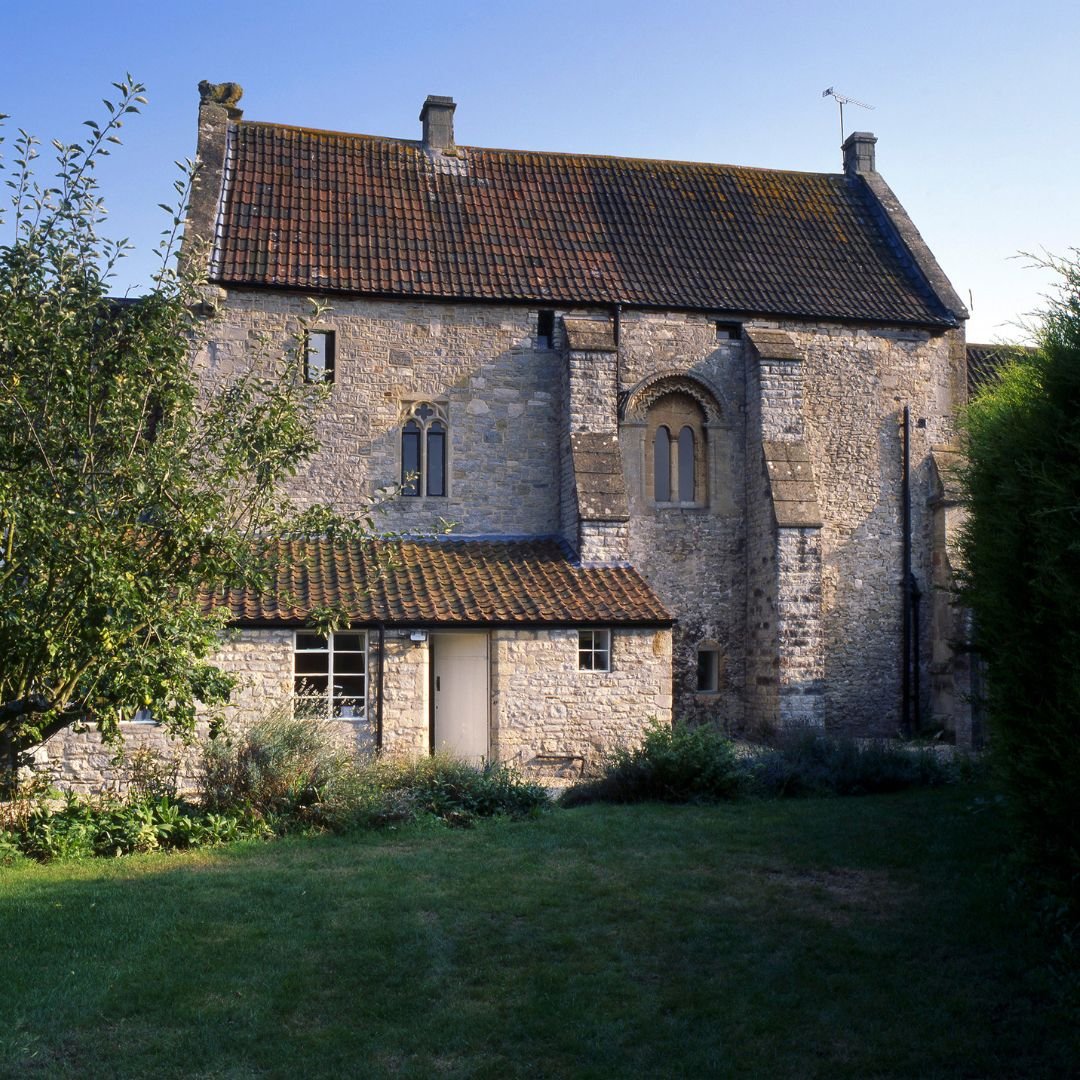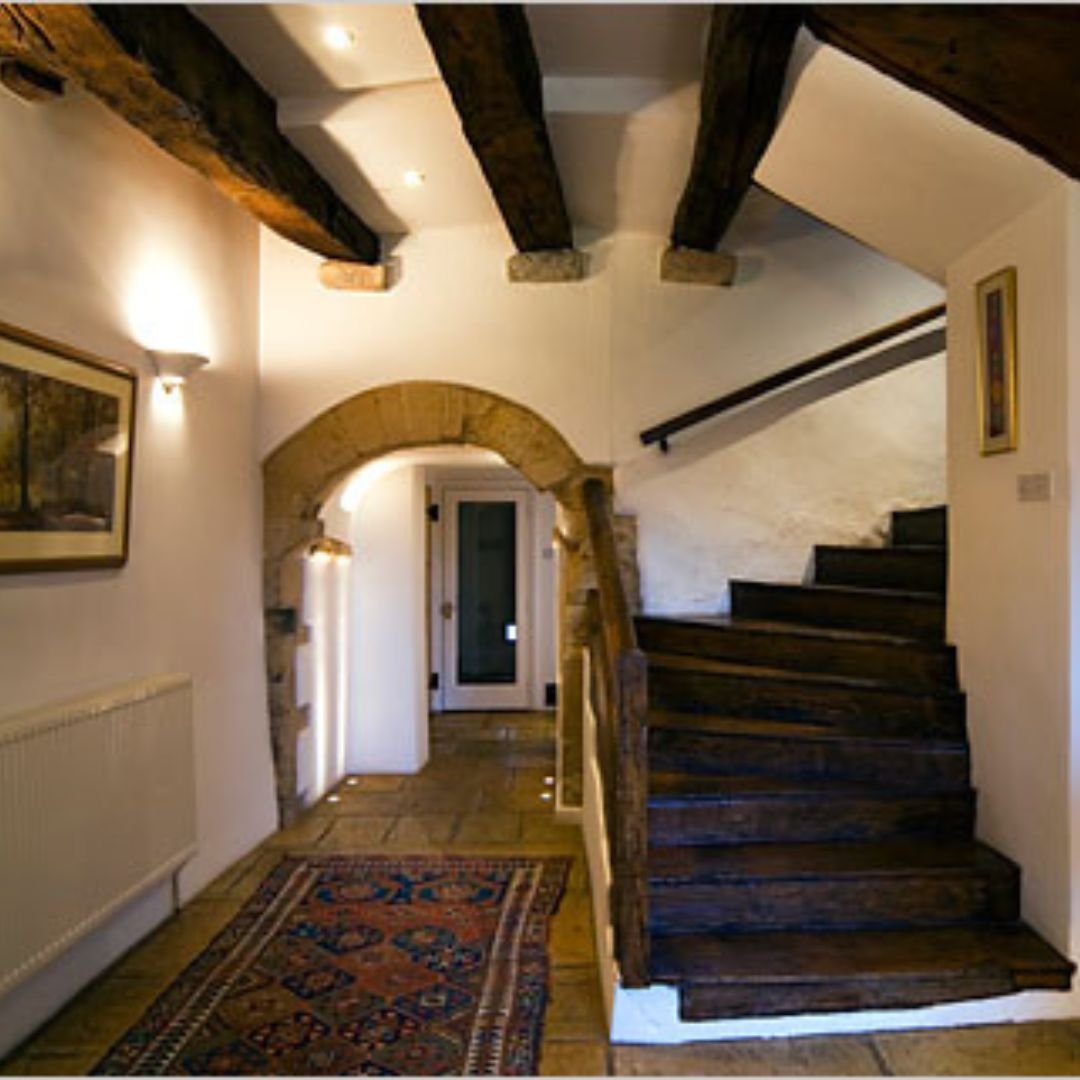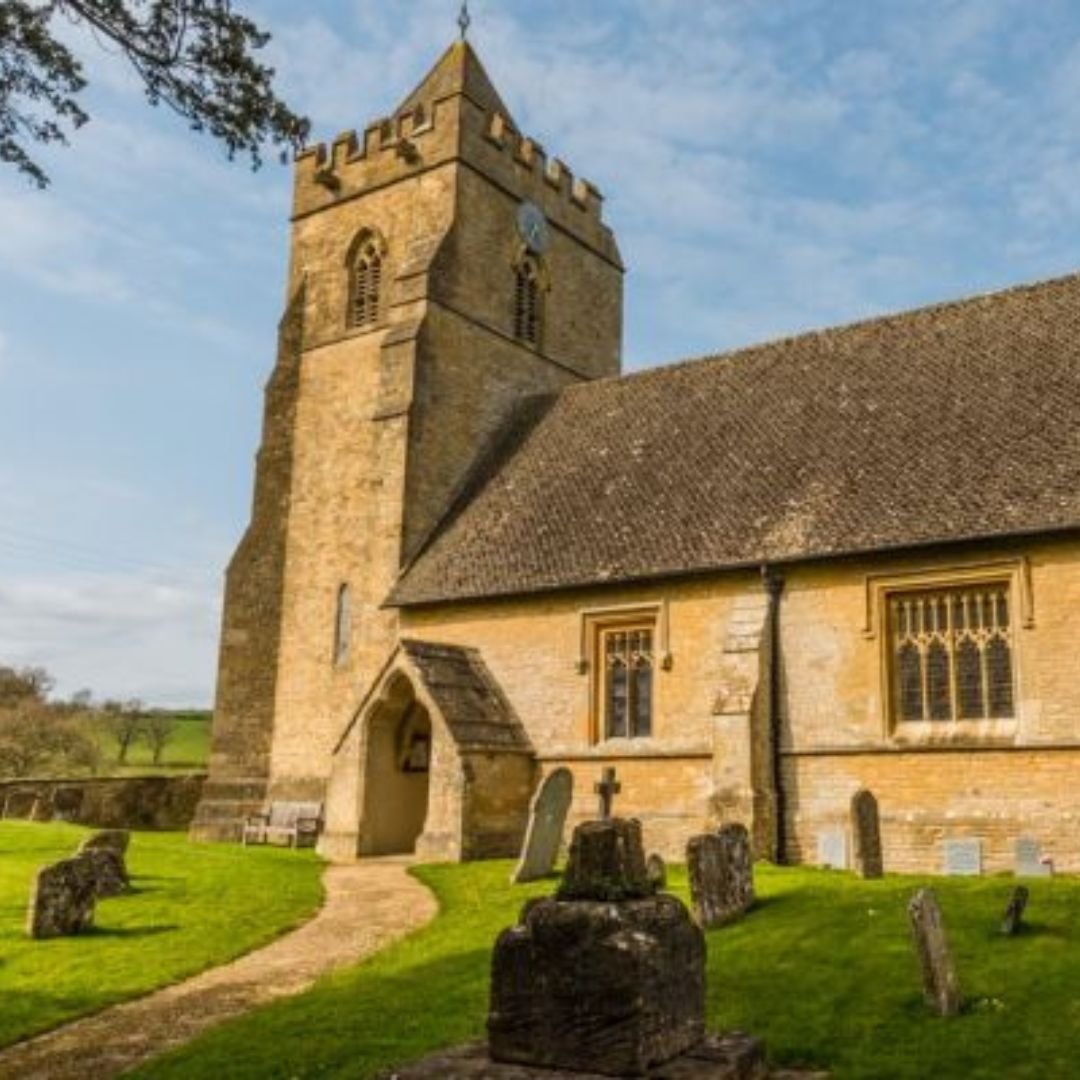Saltford Manor House: Oldest Continuously Occupied House In England?
Built 1148, Saltford Manor House in Somerset is thought to be the oldest continuously occupied private house in England.
The stone house, in Somerset, has been designated as a Grade II* listed structure for its historical significance.
In 2003, Saltford Manor was the winner of a contest sponsored by Country Life to find the "oldest continuously inhabited house in Britain".
There were hundreds of entrants, many eliminated because they had been built as ecclesiastical buildings and only become available in the housing market after Henry VIII dissolved the monasteries.
Other very old dwellings were eliminated because they are now used as shops or museums.
After winning the contest, its resident at the time James Wynn, wrote a history book about the manor entitled The House That Jack Built: The Story of the Oldest Inhabited House in Britain.
The book described his love for the site and how he restored it to its current state in 1997.
James Wynn was a former actor turned video producer. Mr. Wynn and his wife bought the “uninhabitable shell” in 1996 for £300,000.
He called the renovation “jolly hard work” that involved tearing up floors and living in a temporary cottage with small children for more than a year.
Through the years, Mr. Wynn found that Americans who visited his home were more enthusiastic about its history than Brits, who are “quite casual about things that are old.”
So he contacted more than a half-dozen real estate brokers in New York and California before choosing Ms. Herman.
“I felt his passion,” she said. “I’ve learned to love that house without even seeing it.”
The house itself comprised a hall, a kitchen, three reception rooms, a scullery and a pantry downstairs with two cellars.
On the first floor lay four bedrooms, a boxroom, a bathroom with hot and cold running water and a W. C. There were also three attics.
A coal barn, a wood barn and an earth closet stood outside.
Other buildings outside included: a brick and slate cooling house; a harness room; a coachhouse with a loft over; two loose boxes; a further loose box; a trap house and yet another loose box.
Two pigsties in a field along with a cow house for six beasts, a box for three horses and an open hovel.
Despite water being laid on the house had no electricity and was lit by lamps.
A later hand has annotated the valuation book stating that electricity was installed in October 1935. Drainage was to a cesspool. The valuer commented: "Old House but good position".
Salford Manor was altered and extended in the late 1990s.
Directories for Bedfordshire, which were not published annually but every few years, give the names of the tenants of Salford Manor and the following names are taken from these directories.
The dates are the dates the name first and last appears not the dates of residence:
1885: Miss Smith;
1903-1910: Barnard Charnock Sturges;
1914: George Hawkes;
1920: Samuel Charles Denton;
1924-1940: George Thomas Stevens.
In 2008, Saltford Manor was put up for sale and eventually was sold, on 27 August 2010 for £1,275,000.
Saltford is a lovely Somerset location that is also home to other historic buildings too.
St Mary’s Church, a lovely Norman church dating back to the 12th century, is another Grade II listed building.
The tower dates from Saxon times, although it has been extensively repaired and the top 10 feet were added later.
The church used to include an external porch, but this was demolished in the 19th century and the stone used to build the vestry; the line of the porch can still be viewed on the ground, by the layout of the drainage.
In the 19th century, there were internal changes to the church. For instance, an organ gallery was built in the early part of the century.
If you enjoyed this blog post, please follow Exploring GB on Facebook for daily travel content and inspiration.
Don’t forget to check out our latest blog posts below!
Thank you for visiting Exploring GB.















